Related Content
Content
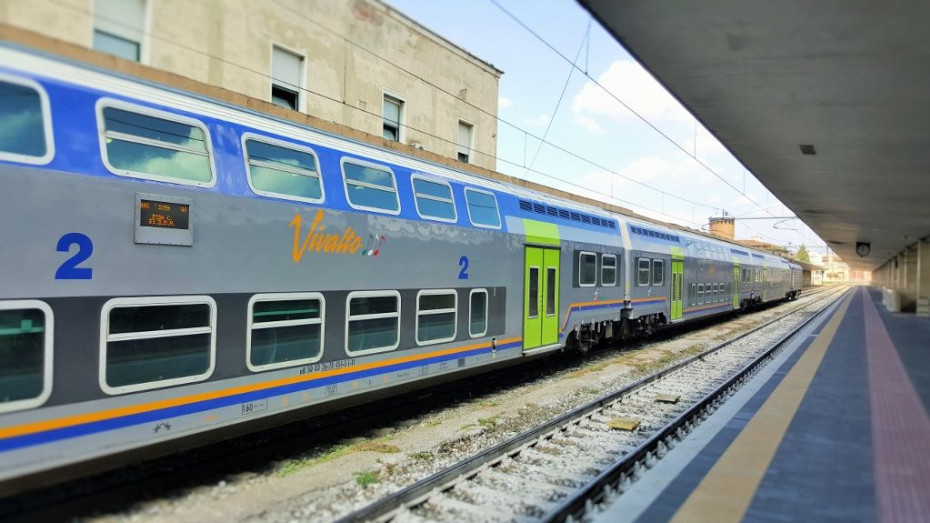
Episode 25: An afternoon visiting Lucca, Pisa, Firenze and Torino
No, not the towns and cities, lovely as they are, I had the stations and the train journeys between them to tick off my list
Share
Taking as many journeys as possible sans luggage is a good idea when exploring with a rail pass, and I was heading off on a looping route in order to visit the stations in Lucca and Pisa.
I was taking advantage of the Regionale trains in Tuscany having comparatively frequent services, hence Florence having easy rail access to numerous other beautiful locations.
Those frequent trains meant I could pursue a flexible agenda, something I knew had to be front of mind when using Italian left luggage facilities.
The offices are staffed and Italian stations don’t have left-luggage lockers, so queues can inevitably build up at busy times.
At Firenze S.M.Novella between April and October that means having to wait in line pretty much whenever the office is open for business.
With at least one Rome <> Milano express train in every hour calling at Firenze S.M.Novella, breaking a journey at Florence is a popular option and I had to wait around 45 mins before I could be set free.
Leaving bags behind for a day of exploration is many people’s preference, because the city’s numerous attractions are all within an easy 2-30 min walk of the station, when not having to drag suitcases.
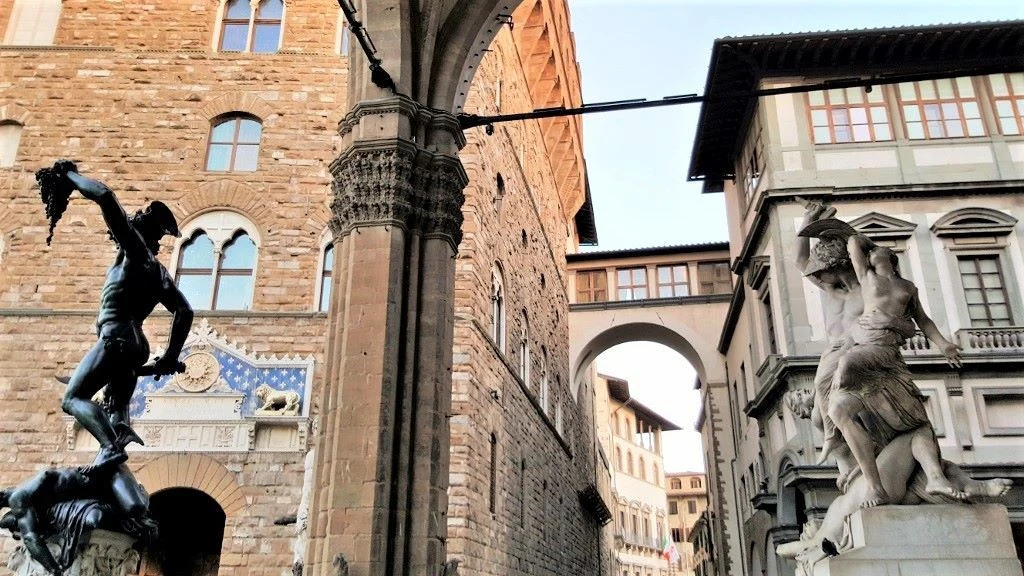
On the slow trains
If you’re of a similar bent to myself, what can add to the pleasure of travelling in Italy by its local Regionale trains, is that when taking them, you can’t yet be sure what experience awaits you.
Very smart brand new trains are cropping up all the country, but they seem to be scattered fairly randomly.
More than once I’ve been travelling on longer-distance Regionale Veloce services on coaches which are more than 30 years old and then spied brand new connecting trains, which had recently rolled off the production line. waiting to convey passengers off on to backwater branch lines.
On this particular day the train I boarded at Lucca for the journey on to Pisa was quite the museum piece.
Yes some air-conditioning would have been nice, but the first class compartment had the aura of a waiting room in a posh 1960s clinic, which made for an unusual conveyance across the land at speeds of up to 80 km/h.
Though I suspect that this particular train wasn’t long for this world, because on arrival in Pisa, the return service back up the line was being handled by something more contemporary.
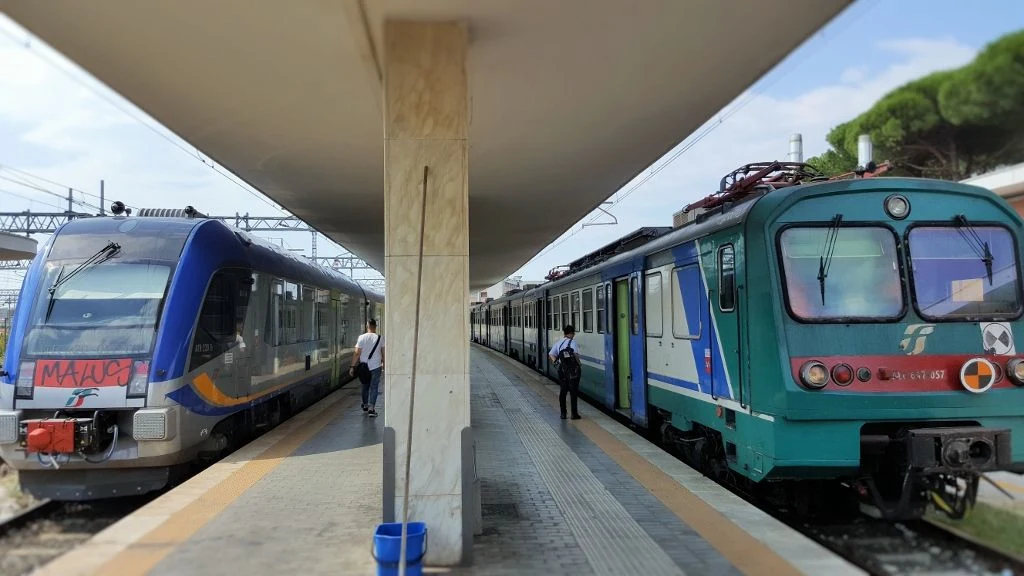
As the image shows, whether the trains used for the Regionale trains are brand new or survivors of a bygone age makes no difference to the graffiti taggers.
Though don’t let put you off exploring Italy by train, disreputable youths armed with spray cans seem to be much more likely to use the trains as canvases for their daubs, rather than travel by them.
Back to more than 280 km/h on the train to Torino.
A few hours later I was collecting my bags in good time to board my preferred choice of Frecce train for the journey to Torino.
I was saving time by choosing a train which was calling at Porta Garibaldi station instead of at Milano Centrale.
The Frecce trains between Torino and multiple destinations including Rome and Venice have to divert off the quickest route in order to call at Centrale station, hence Trenitalia has been trying to persuade travellers that Porta Garibaldi is a viable alternative to using Milano Centrale, by routing some trains through Garibaldi.
And if your final destination Milan is located along line M2 of the city’s Metro, then Porta Garibaldi is a good choice.
The Santa Maria delle Grazie, which houses Da Vinci’s The Last Supper is by Cadorna station, which is a shorter ride from Garibaldi than it is from Centrale.
Love at first sight
Torino Porta Susa station wowed me.
If any university ever wants to teach classes on the history of railway stations then studying Torino Porta Susa would have to be on the syllabus.
When it opened in its current form in 2013 Porta Susa became the first and so far only European city centre rail station to be entirely reconstructed to accommodate high speed trains.
Today the only buildings which served the original station are down the street and have a separate function (when I was there they were being used as charming, but now closed food court).
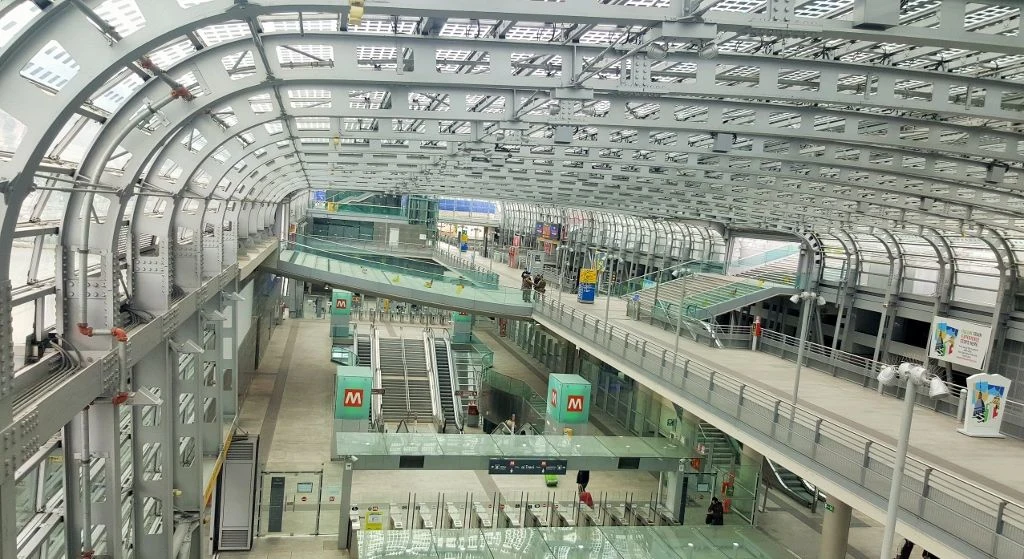
That sentence is having to work hard to support the point that the current Porta Susa station enabled how access to and from trains could be re-thought, particularly in awkward locations, such as that at Porta Susa, where the railway is some distance below street level.
What, at first glance, looks like a complicated web of multi-level walkways, makes sense when navigating the station, because their purpose is to create short-cut routes through the enormous space, between the trains and the metro, taxi rank and tram station.
That emphasis on simplifying onward connections is important because Porta Susa is on the northern edge of Turin city centre, but the city’s original main station, Porta Nuova, is no more convenient, with its location on the opposite side of the heart of the city.
Despite that, most travellers on the trains which call at both stations, including all of the high speed trains between Torino and other destinations in Italy, evidently still opt to travel to and from Porta Nuova.
On the three occasions when I’ve taken trains to and from Porta Susa I couldn’t help noticing how comparatively empty it was.
Perhaps travellers will put up with a longer journey time because Porta Nuova, being a more conventional terminus station, seems easier to use, or maybe its eternal beauty draws them in like moths to a flame?
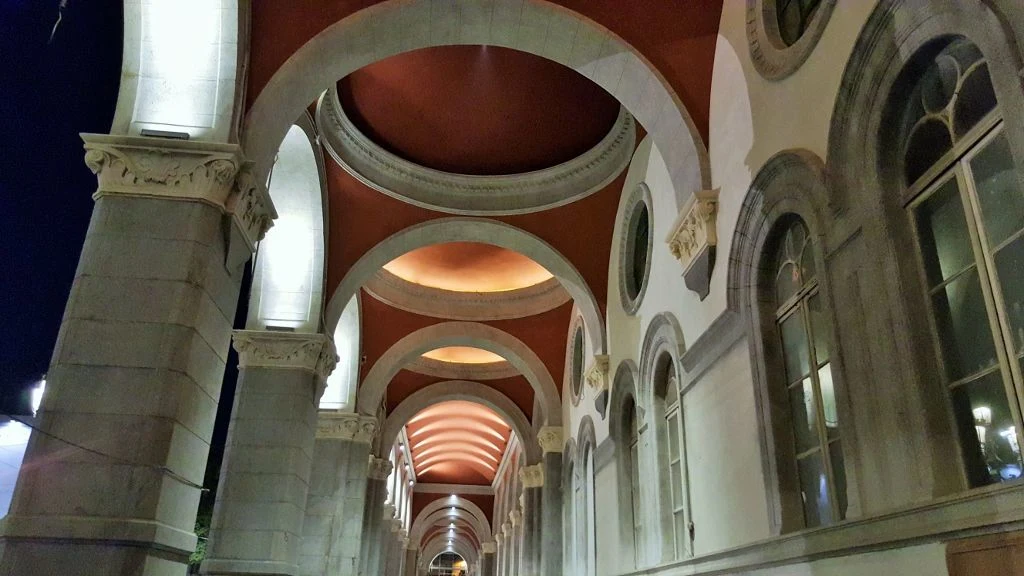

Simon Harper
I wanted to share my passion for train travel and explain how anyone can take the fantastic journeys I have taken.

This is one of more than 100 train travel guides available on ShowMeTheJourney, which will make it easier to take the train journeys you want or need to make. As always, all images were captured on trips taken by ShowMeTheJourney.
This second version of ShowMeTheJourney is exciting and new, so we are genuinely thrilled that you are here and reading this, but we also need your help.
We’re striving not to let anything get in the way of providing the most useful service possible, hence a facility has been set up with DonorBox which can be used to support the running costs and make improvements.
Instead of advertising or paywalls, your financial support will make a positive difference to delivering an enhanced service, as there’s a lot of ideas which we want to make happen.
So if you have found the info provided here to be useful, please consider saying thank you.


